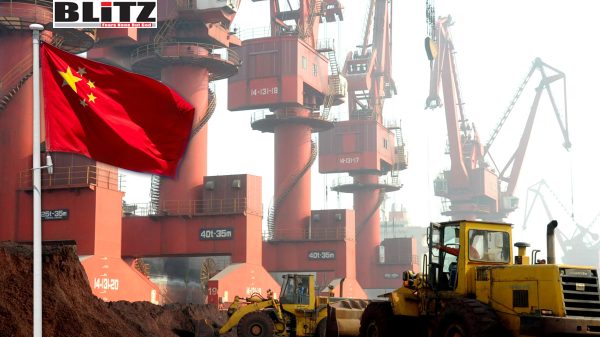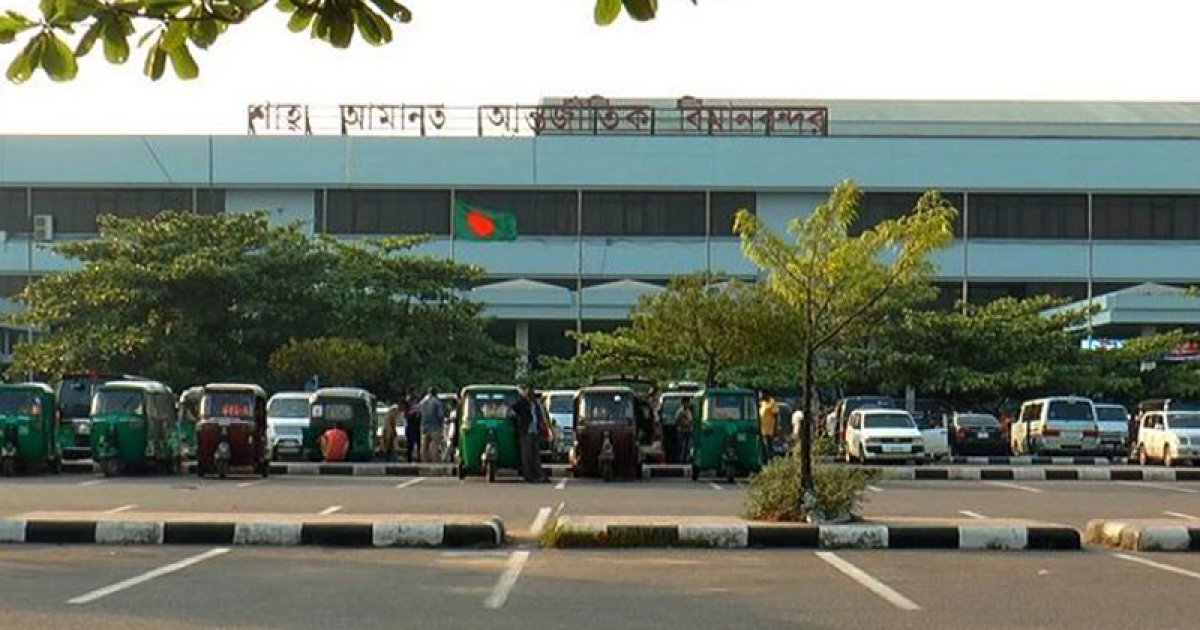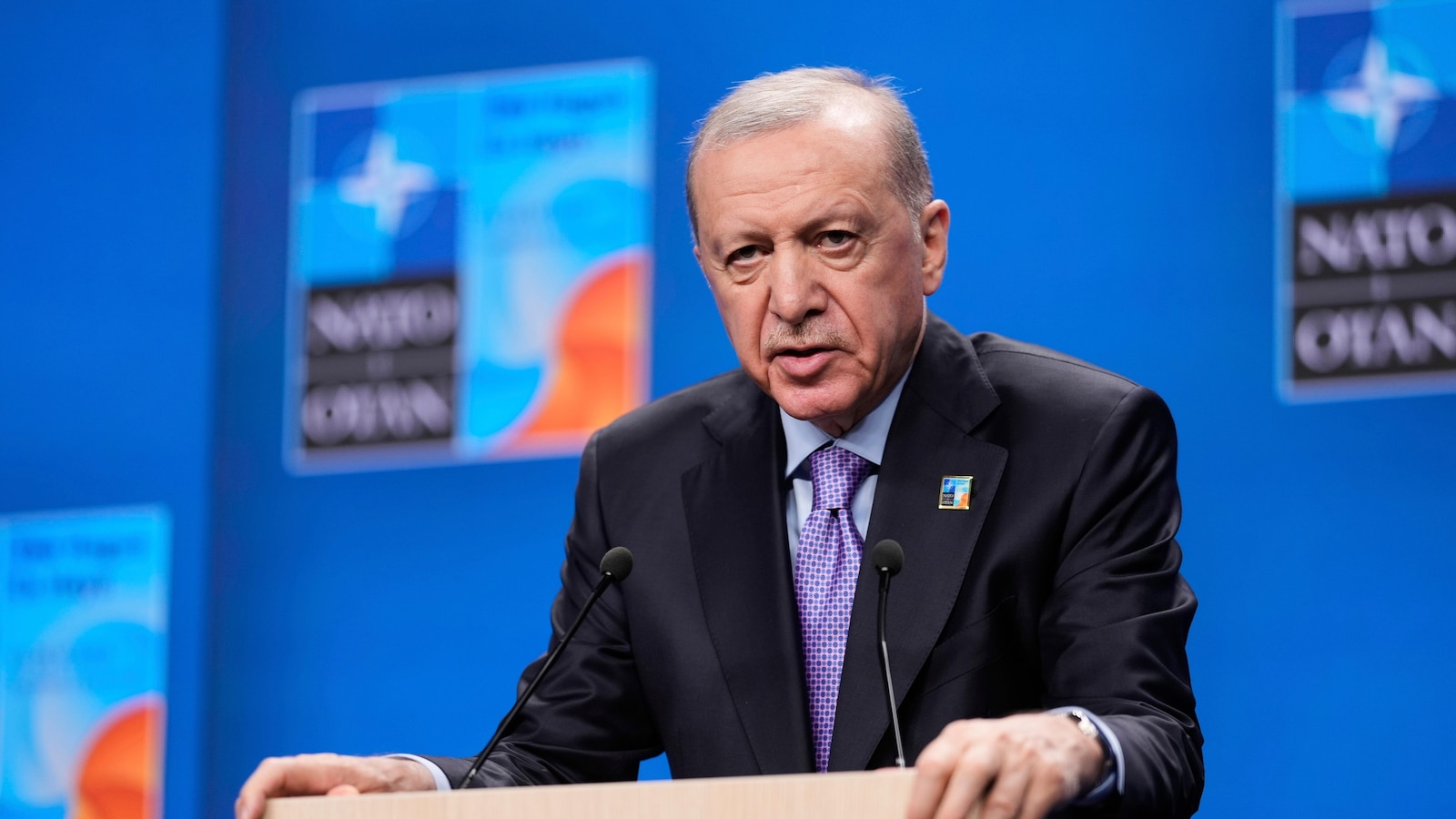China’s rare earth dominance threatens West’s clean energy and security future
In a rare moment of cooperation amid an era of intensifying rivalry, China and the United States last week reached a temporary agreement to ease some restrictions on the export of rare earth elements. Under the arrangement, Beijing will issue six-month export licenses for critical minerals and magnets-materials that had been tightly restricted since April. The move comes after months of global shortages that disrupted industries from electric vehicles (EVs) to renewable energy to defense production.
At first glance, this deal offers a measure of relief to global supply chains. But the uneasy compromise is no fairy-tale ending. It reflects a deeper, structural dependency of the West on Chinese control over rare earths-an arrangement that may prove politically dangerous and economically costly as the world’s energy transition accelerates and geopolitical tensions deepen.
Rare earth elements (REEs)-a group of 17 metals with unique magnetic, luminescent, and electrochemical properties-are essential to the technologies of the future. Neodymium and praseodymium power magnets in EV motors and wind turbines. Lanthanum and cerium are used in battery technologies. Dysprosium improves heat resistance in motors, while europium is vital for energy-efficient lighting. Without these materials, large segments of the climate economy grind to a halt.
That’s why China’s dominance in this sector carries such weight. While it produces 70% of the world’s rare earth minerals, it controls more than 90% of global processing capacity. This isn’t just about geology-it’s the result of decades of state-driven investment, industrial strategy, and environmental tolerance for the heavy pollution associated with REE extraction and refining.
The West, meanwhile, outsourced much of this activity decades ago, in part due to the environmental costs and regulatory burdens. Now, as Europe and the US rush to decarbonize their economies, they find themselves caught in a trap: the cleaner the energy goals, the deeper the reliance on Chinese-controlled supply chains.
The latest agreement between Washington and Beijing reveals a delicate balancing act. To regain access to key rare earth exports, the US reportedly agreed to soften certain tech-related export controls and relax visa restrictions on Chinese researchers. While both sides benefit in the short term, the arrangement underscores a broader and increasingly precarious dependency.
Crucially, the deal excludes military-grade materials, a reminder that China’s export controls are not simply economic tools but levers of strategic power. Beijing has repeatedly signaled its intent to limit the use of Chinese-made components in weapons systems aimed at containing or threatening Chinese interests. In this light, China’s REE policy is not only about industrial policy-it is a matter of national security.
The stakes are especially high for the renewable energy sector, where rare earths underpin virtually every component of a clean energy infrastructure. Wind turbines, solar panels, grid storage, and EVs all depend on specific REEs. As nations adopt aggressive climate targets, they risk deepening their reliance on a single supplier-one that does not share their political priorities.
Efforts to diversify supply chains are underway. Australia, Canada, and even parts of Africa are being explored as alternative sources. However, experts agree that building mining and refining capacity outside of China will take at least a decade. Add another decade to account for environmental regulations, permitting delays, and geopolitical complications. And then there’s the not-so-small problem of processing: mining alone is insufficient without the ability to refine these materials at scale.
Moreover, the environmental cost of ramping up REE production in the West could be steep. Rare earth mining generates toxic and radioactive waste, contaminates water sources, degrades land, and emits significant greenhouse gases. Ironically, the race to build a cleaner world could result in a wave of new pollution-just shifted from one geography to another.
Some analysts point to technological innovation and recycling as a way out of this dependency. Research is underway to develop synthetic alternatives or improve the efficiency of rare earth usage. Meanwhile, recycling programs aim to reclaim REEs from old electronics, batteries, and motors. But these approaches are still in their infancy. Large-scale REE recycling is neither economically viable nor technologically mature at this point. Even under optimistic projections, an independent REE supply chain may not materialize before 2040-if at all.
The same applies to innovation: replacing rare earths in high-performance applications is extremely difficult. Their unique properties are hard to replicate, and alternative materials typically fall short in power, weight, or durability. For the foreseeable future, there is no real substitute.
Perhaps even more concerning than the energy implications is the vulnerability of Western defense industries. In 2023, then-CEO of Raytheon, Greg Hayes, bluntly admitted that the company had “several thousand suppliers in China,” and that decoupling was “impossible.” That’s not just a logistical challenge-it’s a strategic liability. Military aircraft, radar systems, missiles, and precision-guided weapons all rely on REEs.
If tensions with China escalate further-say, over Taiwan-the West could find itself scrambling for components that underpin its deterrence capability. The uncomfortable reality is that the same country identified as a strategic competitor by NATO and the US Pentagon is also indispensable to their defense supply chains.
Through its rare earth dominance, China has positioned itself as a kingmaker in both the climate and security arenas. In effect, it holds leverage over the two most strategically important sectors of the 21st century. For now, Beijing appears content to maintain this leverage without fully weaponizing it. But that restraint may not last forever.
Beijing has already framed its export controls as a legitimate measure to prevent Chinese materials from being used in foreign military systems aimed at encircling or threatening China. But what if China’s domestic needs begin to outstrip supply? As its economy grows and energy demands rise, it may simply decide to prioritize its own development-at the expense of Western industries.
What is most striking in this ongoing saga is how quietly the West has acquiesced to this dependency. In pursuit of climate goals, Europe and the US have locked themselves into a green transition dependent on a geopolitical rival. In pursuit of profit, defense firms have deepened their commercial integration with Chinese suppliers. And in the name of “efficiency,” policymakers have allowed the critical infrastructure of the future to be built on unstable foundations.
In this light, the current deal may be a pragmatic step-but it is also a reminder of how little leverage the West truly has. The only path forward involves long-term investment in domestic supply chains, deeper partnerships with trusted allies, a realistic reassessment of environmental regulations, and accelerated innovation in both materials science and recycling.
But none of that will happen overnight. Until then, Western economies will remain vulnerable to the political decisions of a single state-one whose strategic ambitions may not always align with their own. And as the energy transition accelerates, that vulnerability will only grow more acute.
Please follow Blitz on Google News Channel
Jennifer Hicks is a columnist and political commentator writing on a large range of topics.
chinas-rare-earth-dominance-threatens-wests-clean-energy-and-security-future















Leave a Reply